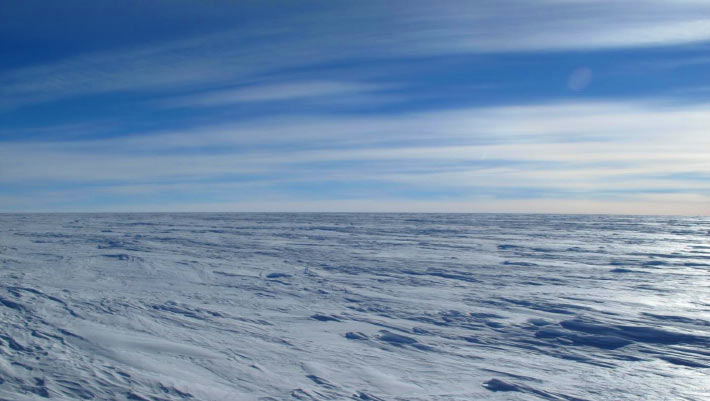Understanding Antarctica: The Last Great Wilderness

Introduction
Antarctica, the world’s southernmost continent, is renowned for its vast ice sheets, breathtaking landscapes, and unique wildlife. Covering an area of about 14 million square kilometers, it plays a crucial role in the Earth’s climate system. As global temperatures rise, Antarctica has become an important focal point for scientists studying climate change, wildlife conservation, and glaciology. Understanding this remote continent is vital, not just for the local ecosystems but for the global environment as a whole.
Current Research Initiatives
In recent years, research in Antarctica has intensified due to concerns over the rapid melting of ice sheets. The National Science Foundation (NSF) in the United States, along with various international collaborations, are conducting extensive studies on the East and West Antarctic ice sheets. These studies are critical as they hold the potential to significantly raise sea levels, threatening coastal cities worldwide.
For example, the Thwaites Glacier, often dubbed the ‘doomsday glacier’, is of particular concern as it is experiencing accelerated melting. Recent studies indicate that if this glacier were to collapse, it could lead to a rise of more than 3 meters in sea level over the next few centuries. International programs, such as the International Partnership for Ice Core Science (IPICS), are also focusing on ice cores to uncover past climate patterns, providing insight into potential future climate scenarios.
Wildlife and Conservation Efforts
Beyond climate research, Antarctica is home to a diverse range of wildlife, including penguins, seals, and various seabird species. The Antarctic Treaty System, established in 1961, protects the continent’s environment and emphasizes the importance of scientific research while prohibiting military activity. As human presence increases with tourism and research facilities, conservationists are advocating for stronger protections to preserve this fragile ecosystem.
Organizations such as the Antarctic and Southern Ocean Coalition (ASOC) are lobbying for expanded marine protected areas. These efforts aim to safeguard critical habitats and ensure the sustainability of fish stocks that many species, including humans, depend on.
Conclusion
As global temperatures continue to rise, Antarctica remains at the forefront of climate change discussions. The ongoing research efforts highlight its significance in understanding Earth’s climate and the urgent need to protect its unique ecosystems. With increased awareness and international collaboration, there is hope that proactive measures will be taken to preserve Antarctica for future generations. For readers, keeping informed about these developments not only broadens one’s perspective on global environmental issues but also underscores the importance of collective action against climate change.


